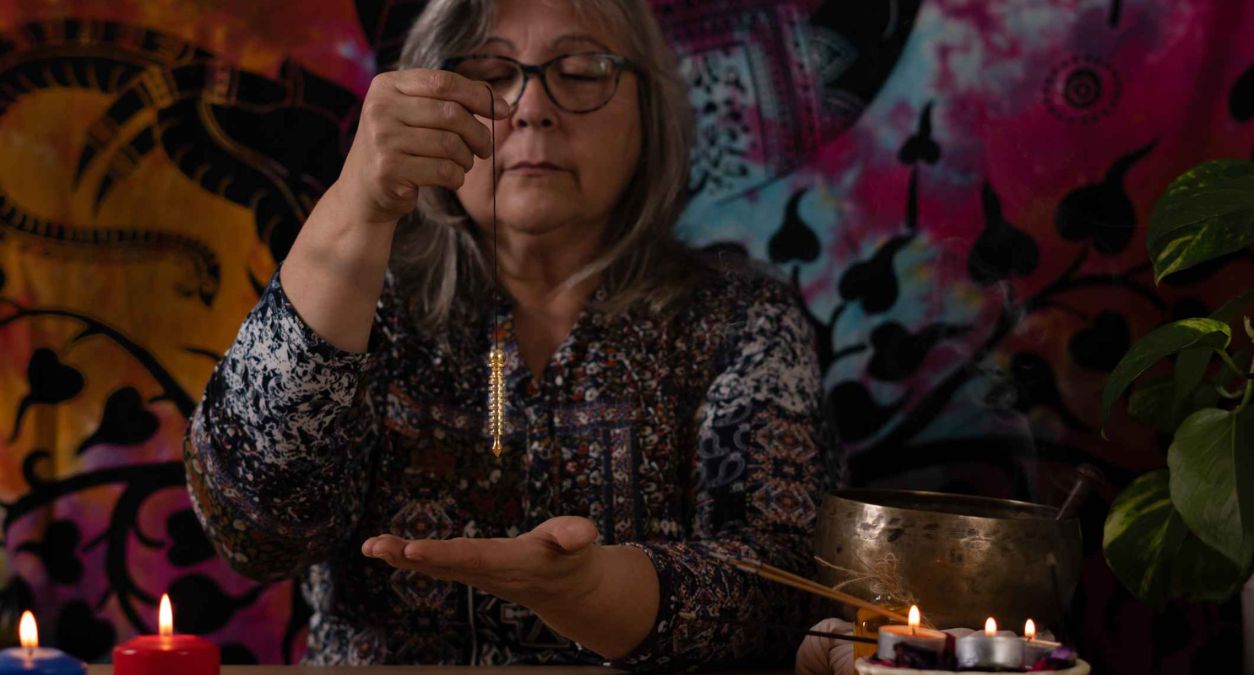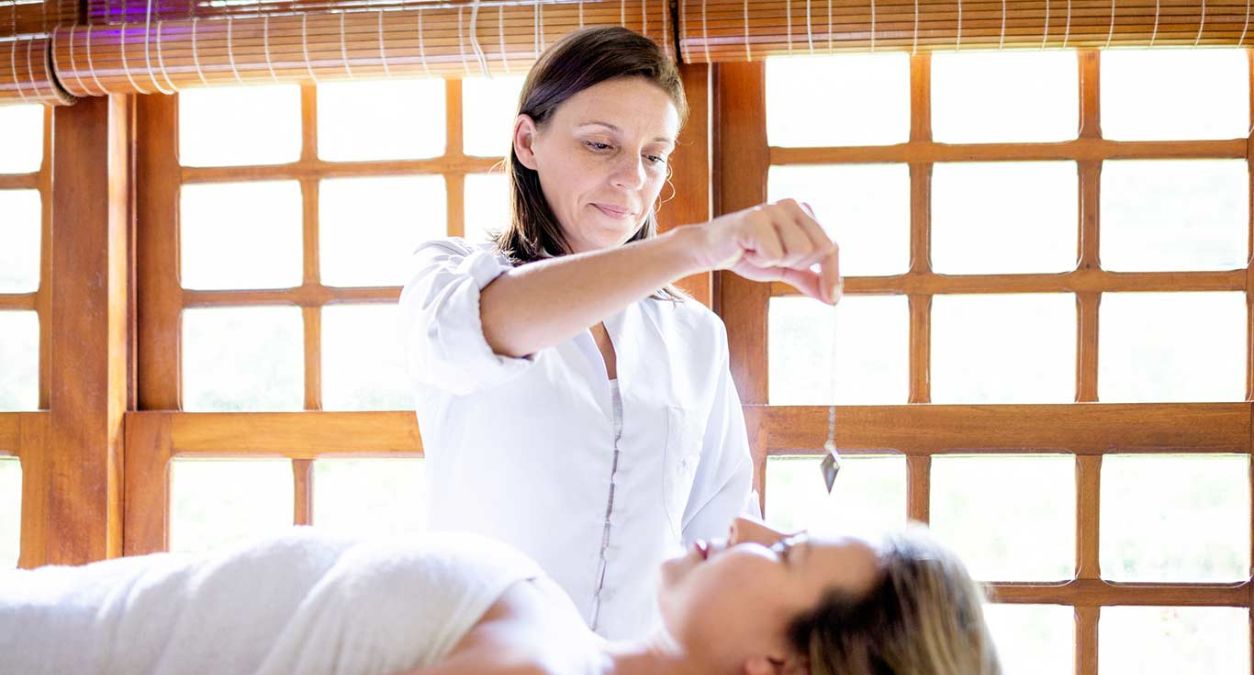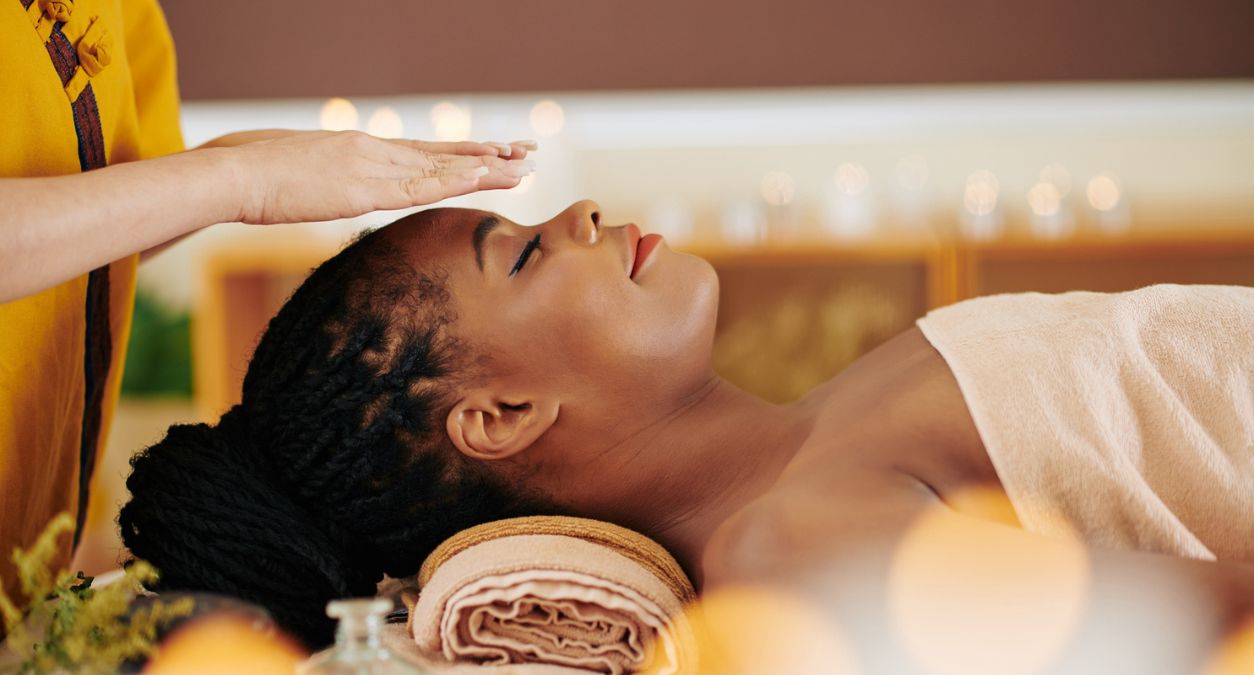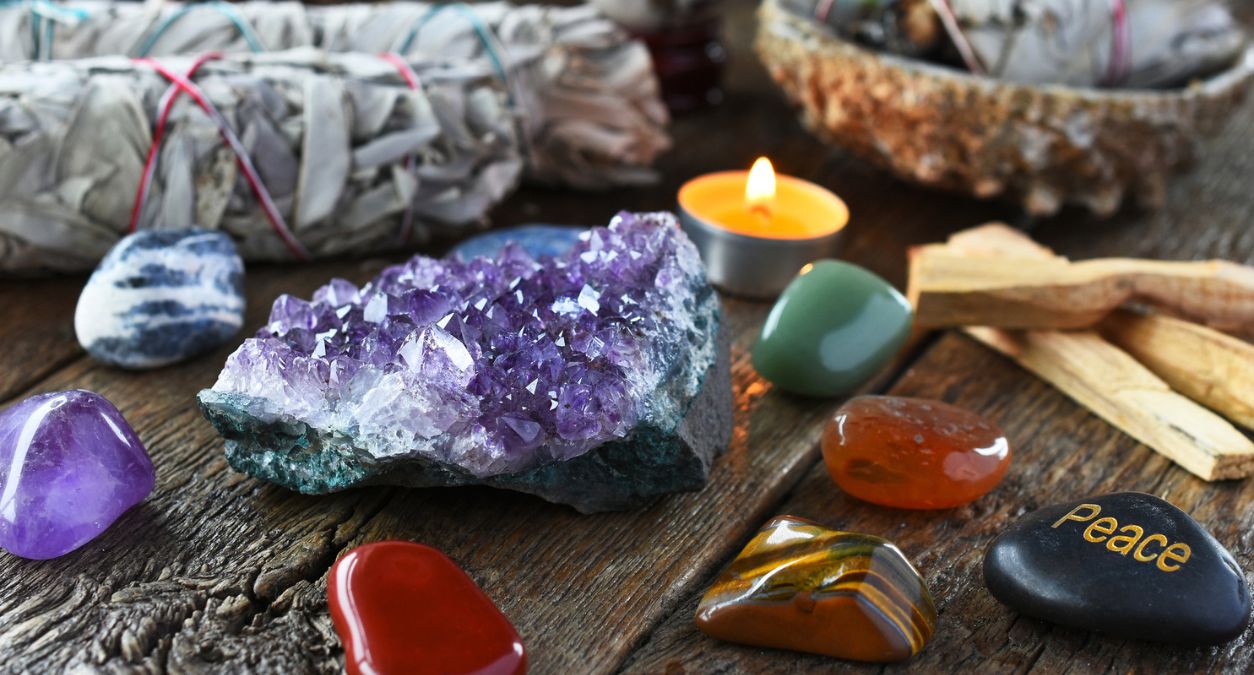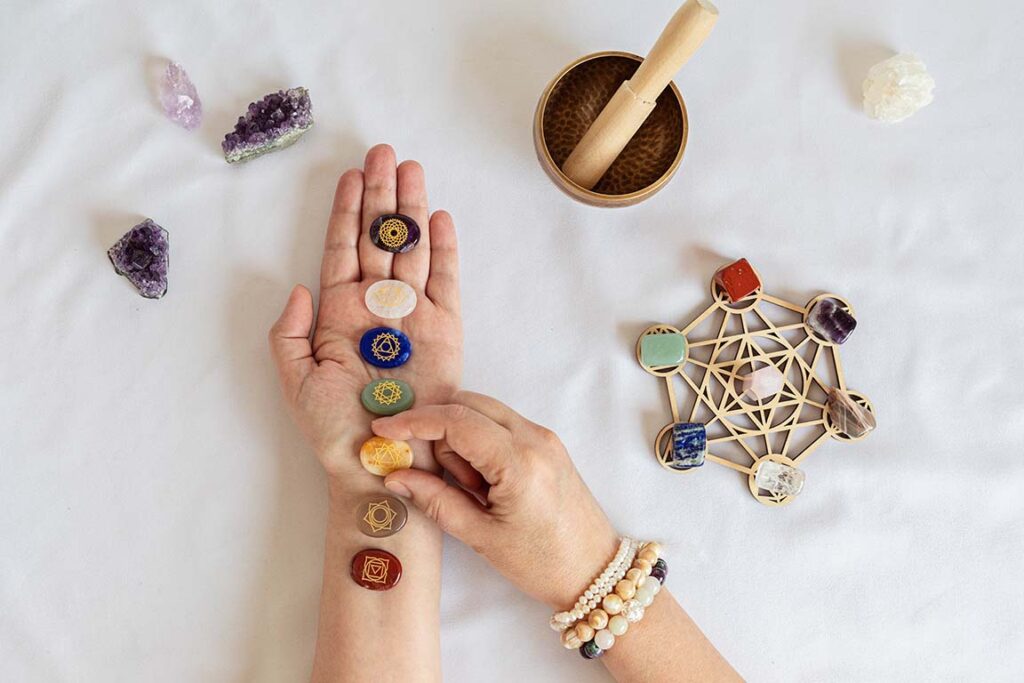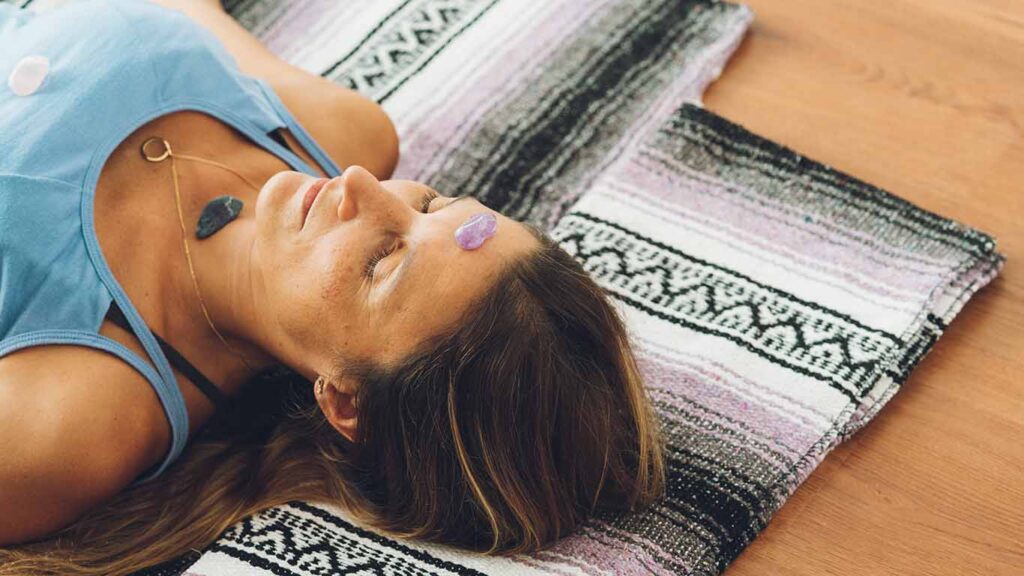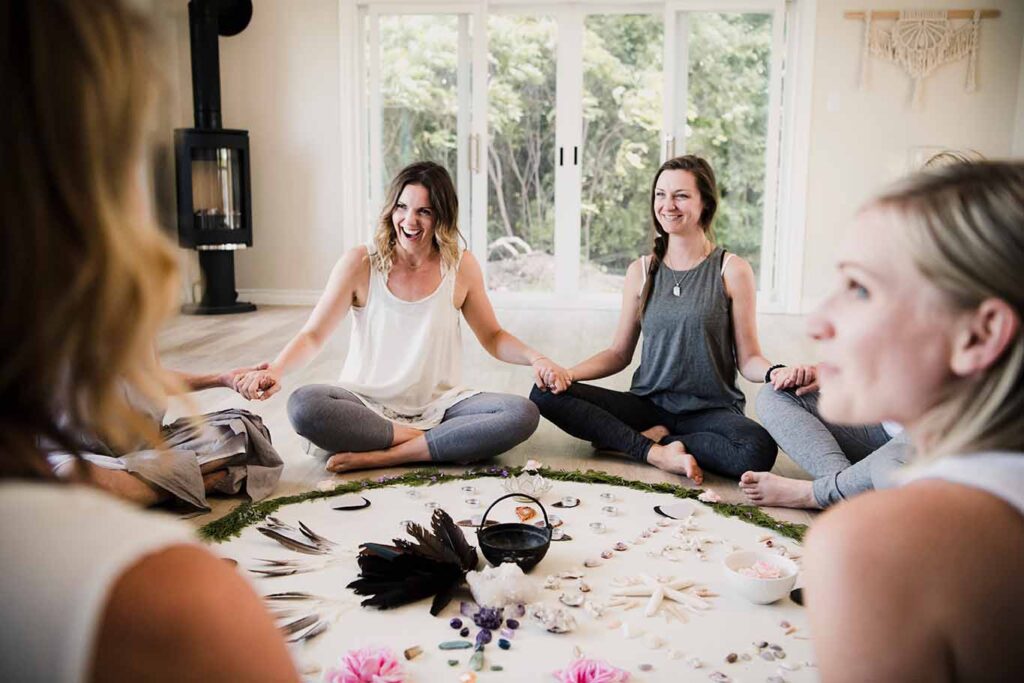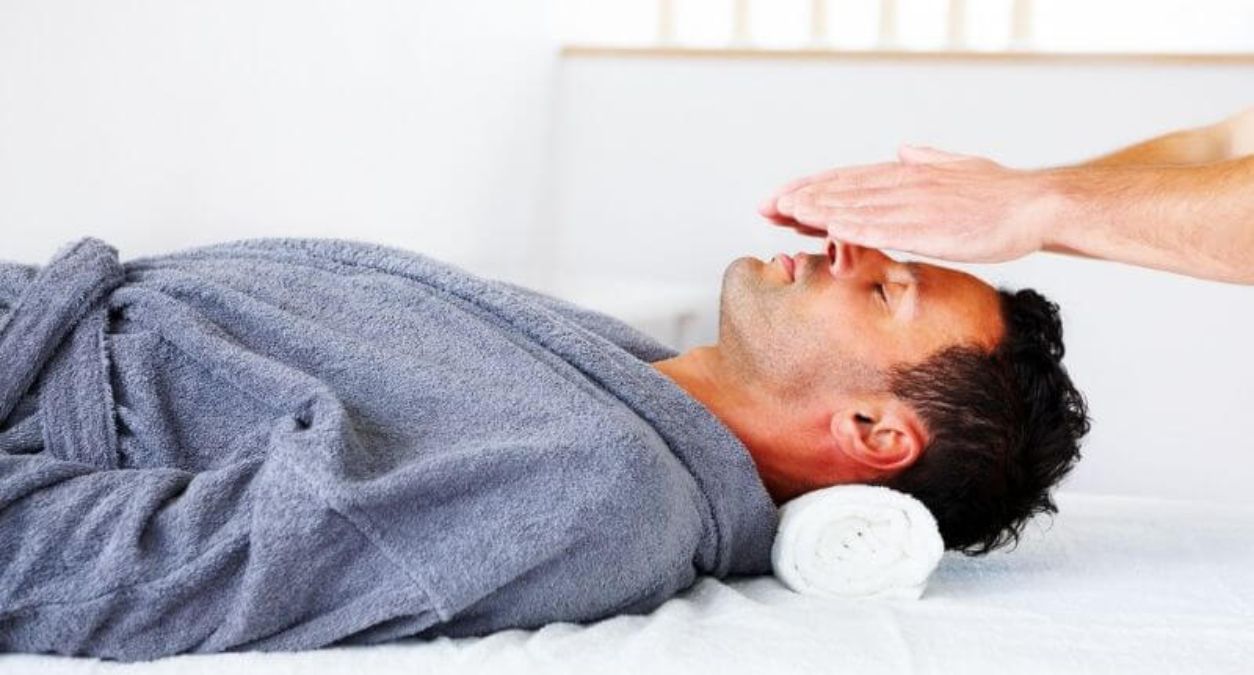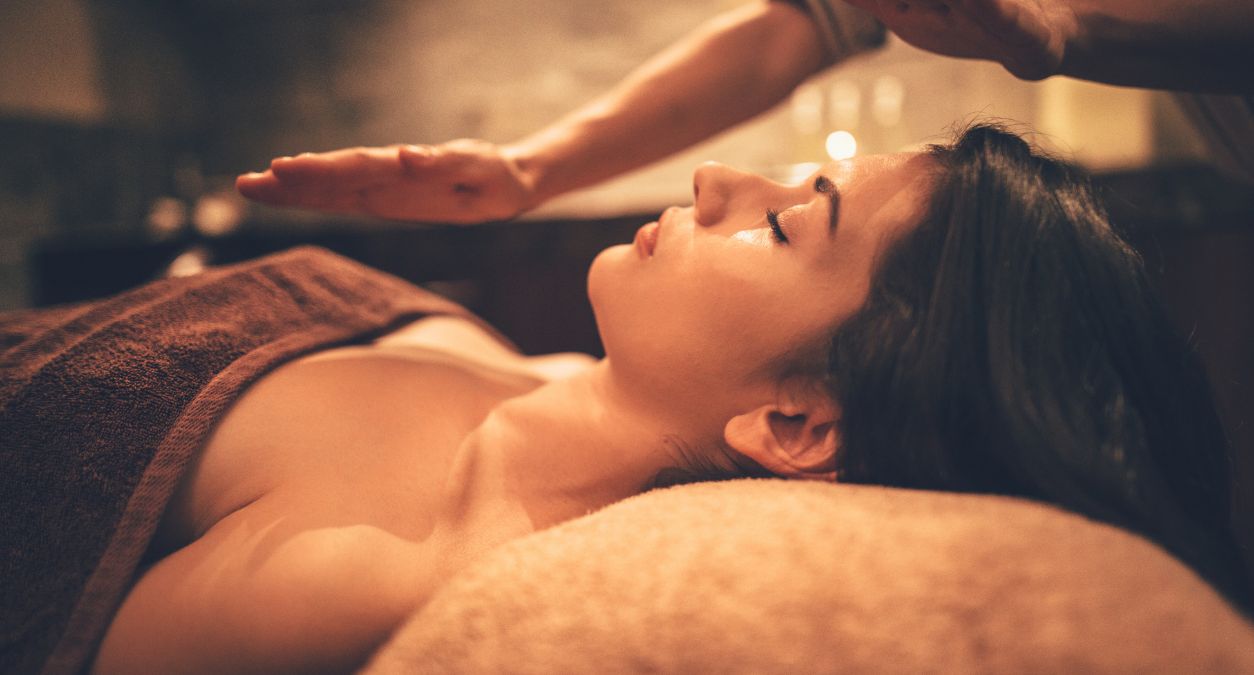Reiki is a gentle yet powerful holistic therapy that promotes healing, deep relaxation, and overall wellbeing. Originating in Japan, Reiki works on the principle of channelling universal life force energy through the hands, encouraging balance in the mind, body and spirit. With its increasing popularity across the UK, many people are now looking to train in Reiki – whether for personal healing, to support loved ones, or to pursue a professional path in holistic therapy.
If you’re interested in learning Reiki, this guide will help you understand what to expect from the training and highlight some of the best Reiki courses currently available across the UK.
Best Reiki Training Courses
Typically, some of the best Reiki training courses are completed in person. The first and second degrees will usually take 8-12 hours, and are undertaken over a weekend.
However, there are certain aspects of Reiki training that can also be completed online. Below are a selection of some of the best Reiki courses available across the UK.
#1 Gaia School of Natural Health
Based in the Wirral, Gaia School of Natural Health has been teaching students various practices since 2008. In Reiki, you can learn level 1 and level 2, and level 3 for those looking to become a Reiki Master. The school also offers Reiki development days for those who want to deepen their knowledge.
Reiki courses at Gaia School of Natural Health take between two and three days to complete and prices start from £195 for level 1.
#2 The Reiki School
Located in the South of England, The Reiki School offers a wide selection of intimate courses so you can connect closely with your teacher. Courses include level 1 through to Master, as well as introductory kids courses. There are also specialist courses for those who have already completed levels 1 and 2, including Animal Reiki.
Courses take between one and three days to complete, with costs starting from £150 for the first degree.
#3 Reiki Mastery
Reiki Mastery Academy is a leading provider of accredited Reiki training, recognised by the prestigious Complementary Medical Association (CMA). Founded by British Reiki Master and healer Hilary Kingston, who brings over 20 years of experience—including treating clients from royalty to elite athletes—the Academy delivers professional, diploma-level Reiki courses online.
#4 Olettesa Holistic Therapies
Olettesa Holistic Therapies can be found in Cheshire and offers a number of Reiki training courses, including levels 1 and 2 as well as a Reiki Accredited Practitioner Qualification. Courses are taken over a weekend and costs start from £120.
#5 Centre of Excellence
For those who aren’t able to attend a Reiki course in person, the Centre of Excellence has a range of Reiki courses that can be taken online. Courses include level 1 and 2 diplomas and an Animal Reiki diploma.
Online Reiki courses are self-directed, so learning can be done as and when you have the time to do it. The cost of courses with the Centre of Excellence start from £127.
The benefits of Reiki training
Reiki is a deeply relaxing and restorative practice, both to receive and to learn. Some of the key benefits of Reiki include:
- Promotes harmony and emotional balance
- Encourages deeper relaxation and better sleep
- Supports physical and emotional healing
- Clears the mind and enhances focus
- May relieve pain and tension
- Facilitates personal and spiritual growth
In fact, a study in Turkey in 2015 that even 30 minutes of Reiki per day significantly reduced pain in cancer patients, highlighting its potential therapeutic impact.
Whether you plan to become a professional practitioner or simply want to bring more peace and balance into your life, training in Reiki can be a transformative experience.
*Disclaimer – This blog has been created as general information and should not be taken as advice. Make sure you have the correct level of insurance for your requirements and always review policy documentation. Information is factually accurate at the time of publishing but may have become out of date.




